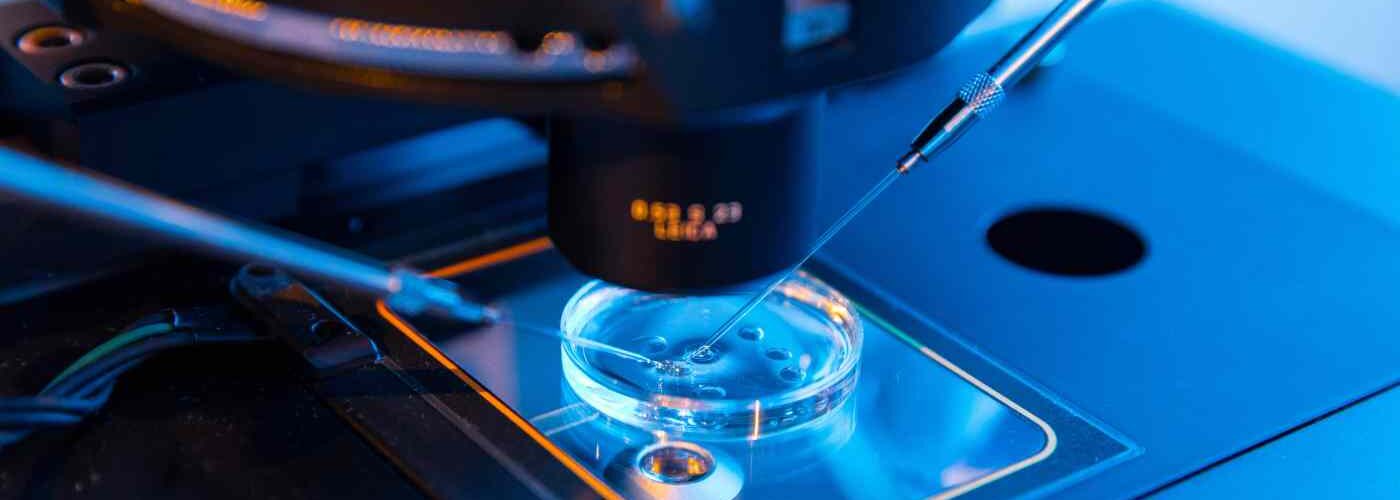
- These organoids are three-dimensional structures grown in the lab from cells that mimic the shape and function of the target organ or tissue
- One of the most promising applications of ovarian organoids is the preservation and restoration of fertility in women whose ovaries have been damaged due to cancer treatments
- In the case of human endometrial organoids combined with hybrid extracellular matrix hydrogels, this innovation offers a potential pathway for uterine regeneration and functional restoration in treatments for Asherman’s syndrome, thin endometrium, or endometrial atrophy—conditions known to cause infertility
SAN ANTONIO (TEXAS), OCTOBER 29, 2025
Replicating three-dimensional structures or entire organs in the lab from cells is emerging as the next major breakthrough in biomedical research, offering more accurate preclinical models than animals or traditional 2D cell lines. These models allow for a better understanding of how organs are affected by disease or drug toxicity and provide a platform for evaluating more personalized and effective therapeutic solutions.
In this context, Dr. Irene Cervelló, principal investigator of the “Stem Cells and Uterine Bioengineering” group at the IVI Foundation and the Health Research Institute La Fe in Valencia, along with predoctoral student María Gómez, presented two research projects on female reproductive tract bioengineering at ASRM. These projects open new avenues for women facing reproductive challenges due to ovarian damage or poor endometrial quality, whether from physiological issues or prior conditions such as cancer or Asherman’s syndrome—a condition characterized by the formation of scar tissue and adhesions inside the uterus.
Helping cancer patients regain fertility
First of all, on the ovarian part, he scientific poster titled “Derivation of human ovarian organoids from cryopreserved cortex tissue: a step forward in reproductive bioengineering” presents the development of human ovarian organoids from cryopreserved ovarian tissue donated by cancer patients who preserved their fertility prior to treatment but later chose not to use the tissue.
These ovarian organoids mimic the form and function of the human ovary, and the study demonstrates their promising potential for preserving and restoring fertility in women with prior ovarian damage, particularly as a result of cancer treatments.
“This is a key innovation in ovarian bioengineering,” explained Dr. Cervelló. “By generating functional ovarian models from healthy epithelial ovarian organoids derived from cryopreserved human ovarian cortex, we can study ovarian physiology, assess drug toxicity, and develop individualized therapies for many women.”
Uterine regeneration using hybrid extracellular matrix hydrogels
On the endometrial front, the oral presentation titled “Human endometrial organoids and hybrid extracellular matrix hydrogels: a novel bioengineering strategy for uterine regeneration in preclinical models” introduces an innovative approach combining endometrial organoids and hybrid extracellular matrix hydrogels to regenerate uterine tissue in preclinical models. The results point to new treatment possibilities for conditions like Asherman’s syndrome, thin endometrium, and endometrial atrophy. “The endometrium—the inner lining of the uterus—plays a crucial role in fertility, as it thickens and specializes each menstrual cycle to support embryo implantation and pregnancy,” explained Dr. Cervelló.
To create the hydrogel, researchers combined decellularized porcine endometrial tissue with PuraMatrix. The organoids were embedded in this hydrogel and injected into damaged uteruses in mice. Researchers then analyzed endometrial structure, gland regeneration, vascularization, fibrosis, and several molecular markers.
The results showed an increase in endometrial thickness, more gland formation resembling healthy tissue, improved vascular development, reduced fibrosis compared to cell-free controls, and a significant reduction in oxidative stress–related cell death. At the molecular level, the treated tissue displayed gene expression patterns closer to those of healthy endometrium, with activation of regenerative pathways and suppression of fibrotic processes.
“Our experience shows that combining human organoids with a hybrid hydrogel promotes effective endometrial regeneration in severe damage models—both structurally and molecularly. This bioengineering strategy could offer an effective model for repairing damaged uterine tissue and restoring function in some of the most common causes of female infertility, which is incredibly promising,” concluded Dr. Cervelló.
About IVI RMA Global
IVI was established in 1990 as the first medical institution in Spain dedicated exclusively to Human Reproduction. Since then, it has helped bring over 250,000 children into the world through continuous innovation and the implementation of the most advanced assisted reproduction treatments.
It is one of the European centers with the highest pregnancy rates; in fact, the majority of couples who consult IVI for infertility issues achieve their goal. Moreover, it boasts a team of over 2,500 professionals, including some of the world’s leading specialists in assisted reproduction.
IVI is part of the IVI RMA Global group, present in 15 countries. In addition to Spain, it has clinics in Portugal, Italy, the Czech Republic, the Nordic countries, the United Kingdom, the USA, Canada, Panama, Brazil, and Chile.
